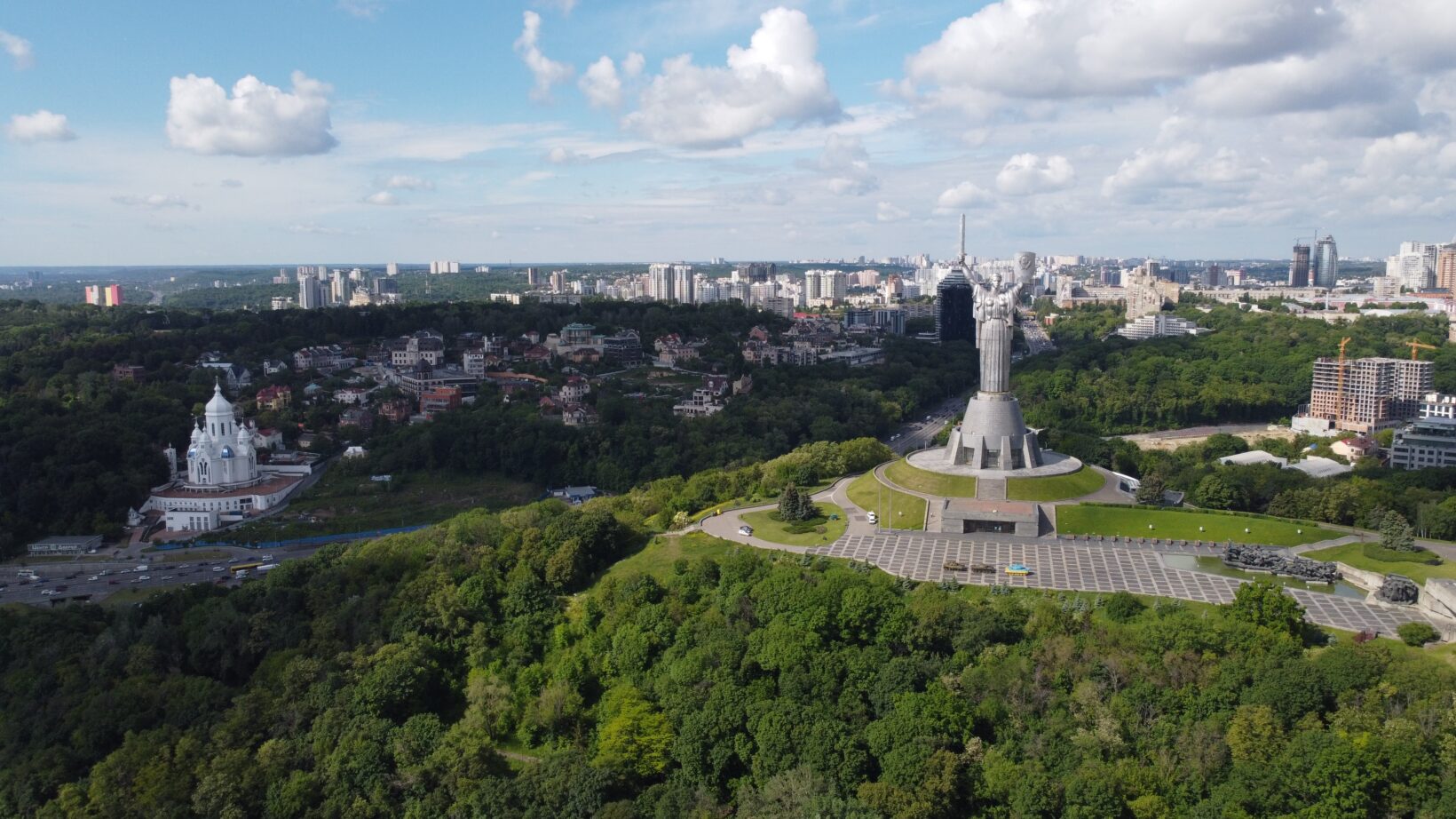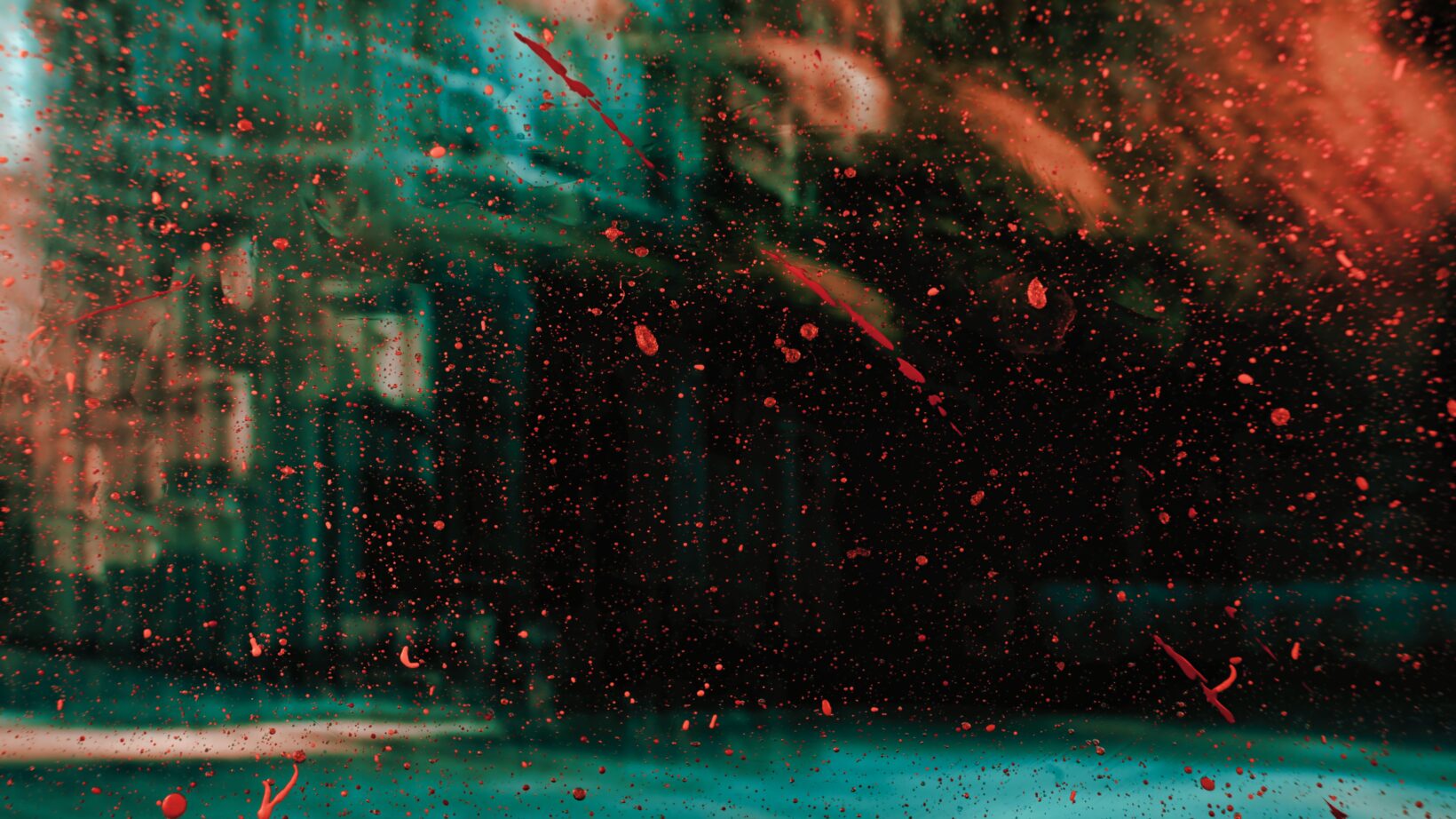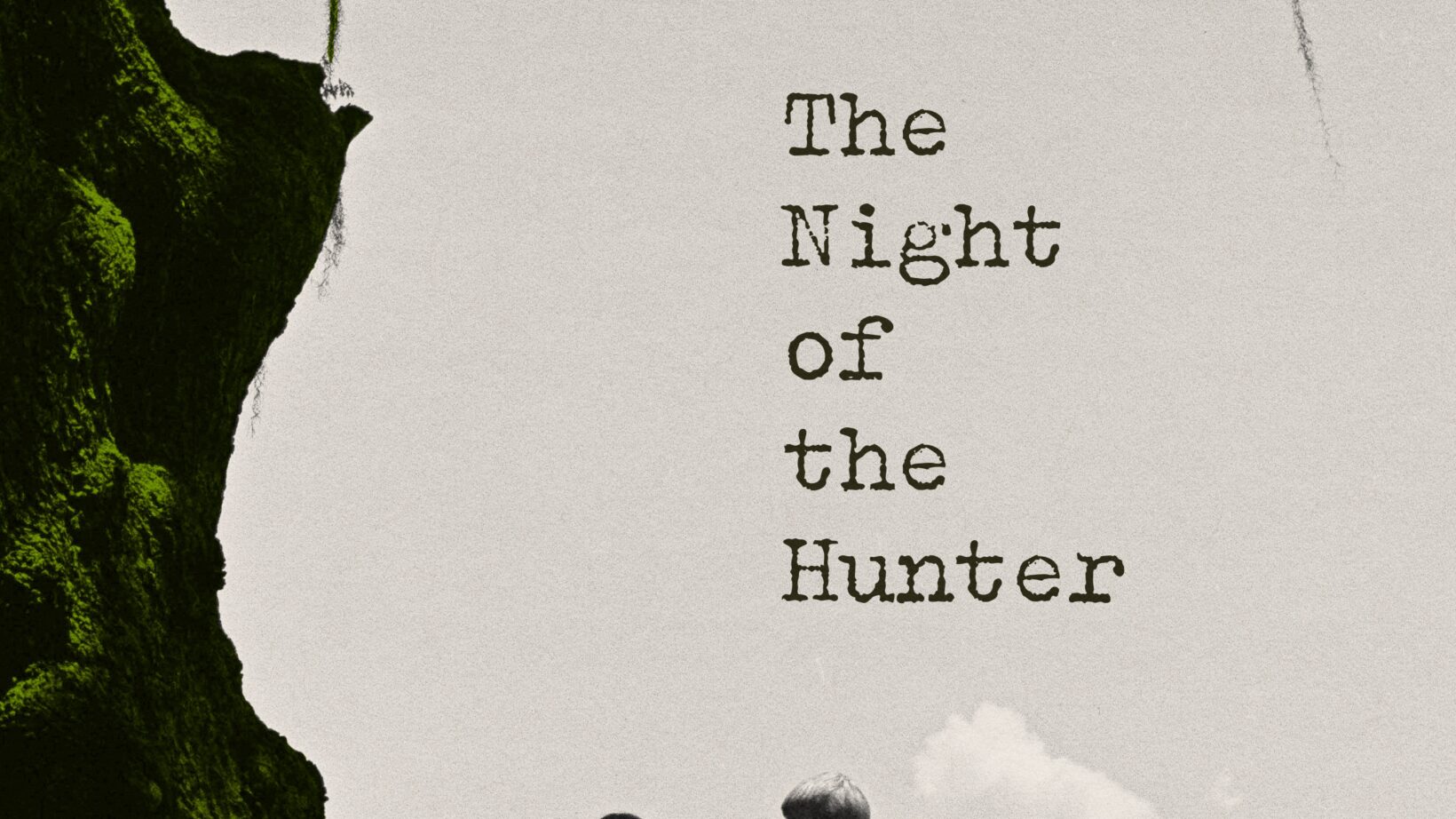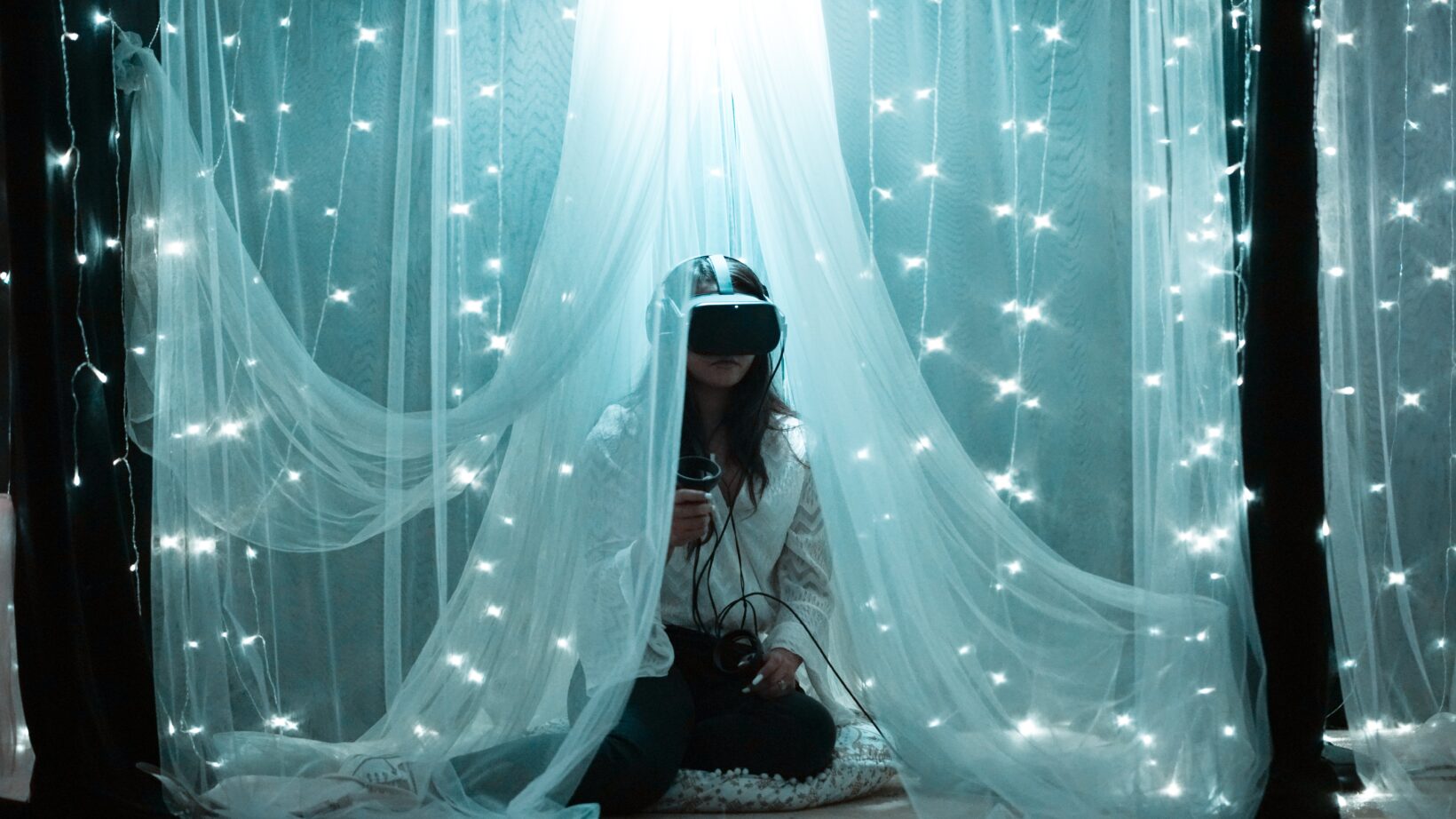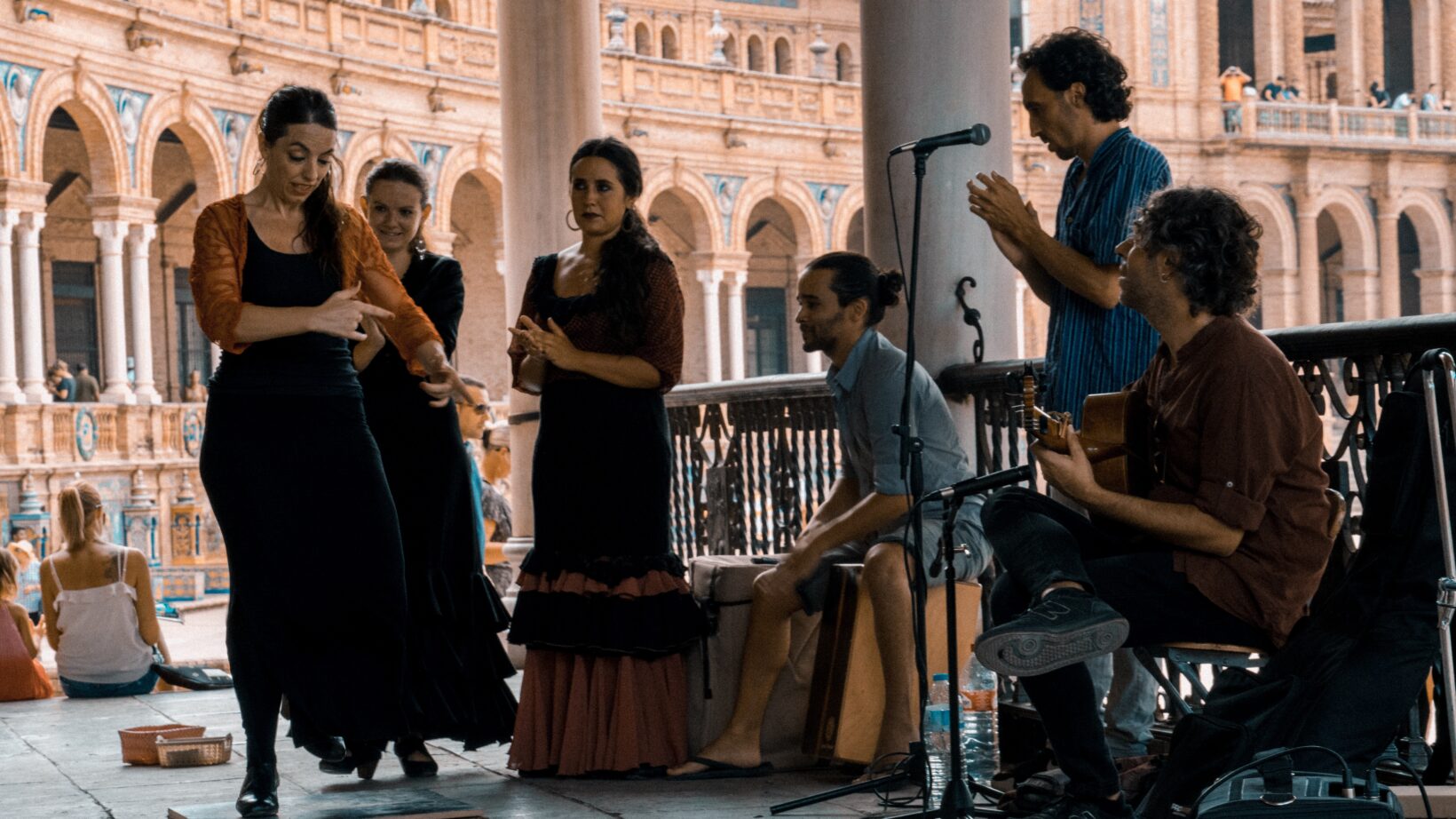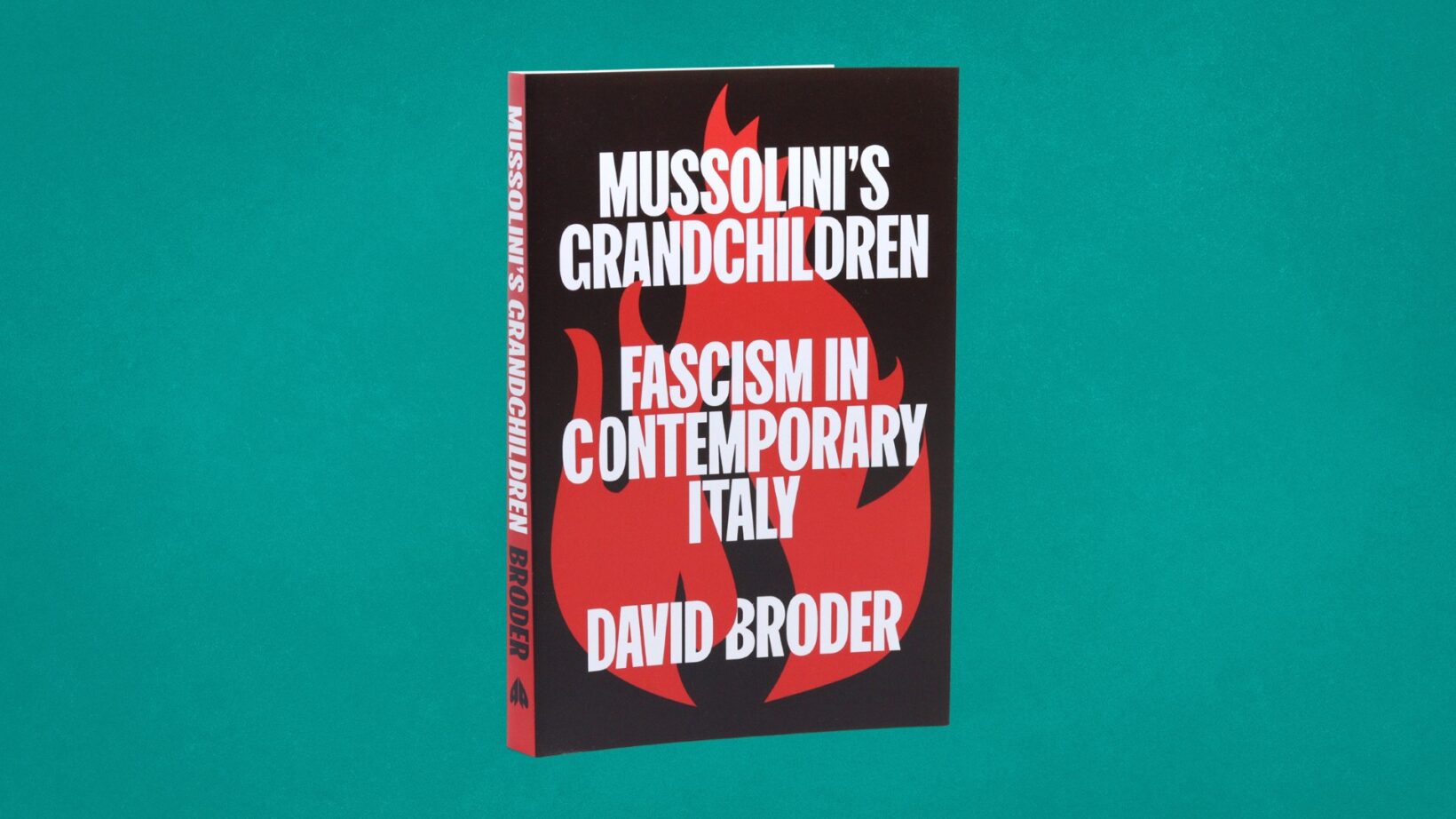The Scottish duo’s second album continues to fascinate with its darkly mesmerising sounds and enigmatic vocals that still puzzle the listener.

Released in February 2002, ‘Geogaddi’ was the second album from Scottish electronica duo Board of Canada. The follow-up to their debut set, ‘Music Has the Right To Children’, was never going to be easy, but ‘Geogaddi’ has gone down in contemporary musical history as an album of dark powers. With a name inspired by The National Film Board of Canada (brothers Marcus Eoin and Michael Sandison relocated to Calgary in the 1970s from their home near Edinburgh for a while as their parents chased jobs in the construction industry), the pair’s wilful eschewing of publicity and self-imposed obscure tendencies made their work the perfect fuel for conspiracy theorists and double-meaning detectives.
Reception of ‘The Music Has the Right To Children’ (released in 1998) had been heady, to say the least. With a sound that sat somewhere between public information film library music and the woozier aspects of The Aphex Twin, the brothers’ set was hailed as a new kind of electronically-birthed music; one that was other-worldly, nostalgic, and mature in its complexity. On its reissue in 2004, respected music site Pitchfork called ‘Music…’ ‘a beat-music touchstone, a record that took the previous decade of home-listening electronic music and essentially perfected it’. The success of ‘Music…’ lay in its ability to soundtrack the more bucolic aspects of life. It’s a wide-open album, and its gently propulsive nature makes listeners feel as if they are joining a unique, enthralling trip.
Released suddenly and without much of a fanfare, ‘Geogaddi’ wrong-footed those who expected more of the same. Days before its release the band announced a series of invite-only listening parties in churches in London, Tokyo, New York City, Edinburgh, Berlin, and Paris, where the album was played, track by track, while abstract films were projected across the spaces. The impact was immediate: this was no sequel. Where ‘Music …’ was sunlight, ‘Geogaddi’ was the darkness. Alternative Press magazine said of the album at the time, ‘…where ‘Music…’ flowed with a pastoral warmth, ‘Geogaddi’ feels colder and more mortal, bound to the tension between its upper and lower registers.’ Rolling Stone called it a ‘…strangely comforting collection of electronic introspection, mood and shadow.’
By way of structure, ‘Geogaddi’ stuck to ‘Music…’s layout: short tracks (some less than a minute long) interspersed with longer pieces. And there are other similarities. Both albums employ snatches of spoken word and distant voices that are shaped into beats and basslines, or left to drift just out of earshot. And both use the duo’s innate ability to make simple keyboard melodies sound like they’d been recorded on analogue tape that’s been buried in the garden for the past forty years. However, while ‘Music…’ led to enthralled fans researching obscure samples and fondly-remembered childhood tropes, ‘Geogaddi’ launched more phantasmagorical theorising. The fact that the album was sixty-six minutes and six seconds added to the foment. Observers noted that the album’s artwork seemed to depict a straw figure, similar to the burning effigy in the folk-horror classic film ‘The Wicker Man’. And then there’s the name – what, exactly, does Geogaddi mean? The brothers were typically reticent on the subject, suggesting that people could come up with their own conclusions. However, both had previously expressed their love for The Incredible String Band, and various references to the Band’s music had been secreted in corners of the Boards of Canada’s own. One theory is that ‘Geogaddi’ was inspired by The Incredible String Band’s ‘Koeeoaddi Here’ track, with the String Band coming up with the Koeeoaddi part after throwing a lettered dice.
In terms of music, ‘Geogaddi’ is certainly unsettling. In a rare interview for Dutch magazine OOR at the time, Michael said that the album was ‘…a record for some sort of trial-by-fire, a claustrophobic, twisting journey that takes you into some pretty dark experiences before you reach the open air again’. For the ‘Music Is Math’ track, elusive vocals underpin what sounds like a beatboxing ZX Spectrum. ‘Gyroscope’ delivers phasing drum punches and the hypnotic presence of a child’s voice counting somewhere in the ether. ‘Julie and Candy’ is a slow waltz in funk time, all thrumming bass and distorted scratches, interjections, and a sample from the 1972 film ‘Season of the Witch’. ‘The Devil Is In the Details’ features a jittery, slippery female voice, low chants and spooky yells, while ‘Dawn Chorus’ contains references to the US death cult the Branch Davidians and would work well as the soundtrack to a slowly-opening Venus Fly Trap.
Ritualistic, folkloric, and even pagan-sounding at times (some fans took to playing the album backwards in order to seek out meanings and interpretations), ‘Geogaddi’ lends itself perfectly to theories of black magic, spell casting and the occult. However, there’s another angle that seems more fitting. In the same OOR interview, Marcus remarked ‘…we’re very much anti-globalisation. One thing that disturbs me is a trend today for technology to be created and used just for its own sake. I recently heard a politician in the UK saying that population decline was a terrible thing and that if we don’t build more houses then the quality of life and the economy would suffer. It’s such a naïve and ignorant approach to the world.’ Thus, ‘Geogaddi’ can be seen as a warning about the impending global climate change crisis. The album is strewn with the sounds of water dripping and fires crackling as sea levels rise, icebergs fracture and melt, and bush fires blaze. Alarms bells and sirens, slowed down to almost nothing, rise and fall throughout. Backmasked, forbidding voices impart lessons about a bleak future. The album’s ‘Energy Warning’ track, while only thirty-six seconds long, packs a powerful punch as a child’s voice tells us ‘…energy is becoming one of our country’s greatest concerns; if we don’t start working on energy conservation there may not be enough energy to go around by the time I’m a parent.’ And, while the ‘Geogaddi’ album’s artwork is most certainly figurative, it is also colour-coded with the flaming reds and burning oranges of an intense global heat. As far as musical reference points are concerned – along with The Aphex Twin and perhaps Steve Reich – the brothers’ work (specifically on chord structure and the use of arpeggios) has also been compared with that of American composer Philip Glass. Certainly, when viewed from within a frame of ecological and global creative statements, there are clear similarities between ‘Geogaddi’ and Glass’s soundtracks for the ‘Qatsi’ film trilogy – three non-narrative films directed by Godfrey Reggio that laid bare the damage that human beings continue to exact on Earth; themes that the ‘Geogaddi’ album appears to explore.
Eleven years after ‘Geogaddi’, the Boards of Canada released the ‘Tomorrow’s Harvest’ album, a set that addressed environmental sustainability and climate change issues in a more direct manner, with track titles that included ‘Cold Earth’, ‘Sick Times’, ‘New Seeds’, and even ‘Palace Posy’ – an anagram of ‘apocalypse’. However, it was 2002’s ‘Geogaddi’ album that the Boards of Canada brothers first used as a vehicle for their concerns for the future of the planet. Dark it may be but, twenty years on, ‘Geogaddi’ is very much an album for our times.
Simon Coates is a London-based artist, writer and curator. He is also the founder of the arts and activism platform Tse Tse Fly Middle East.
